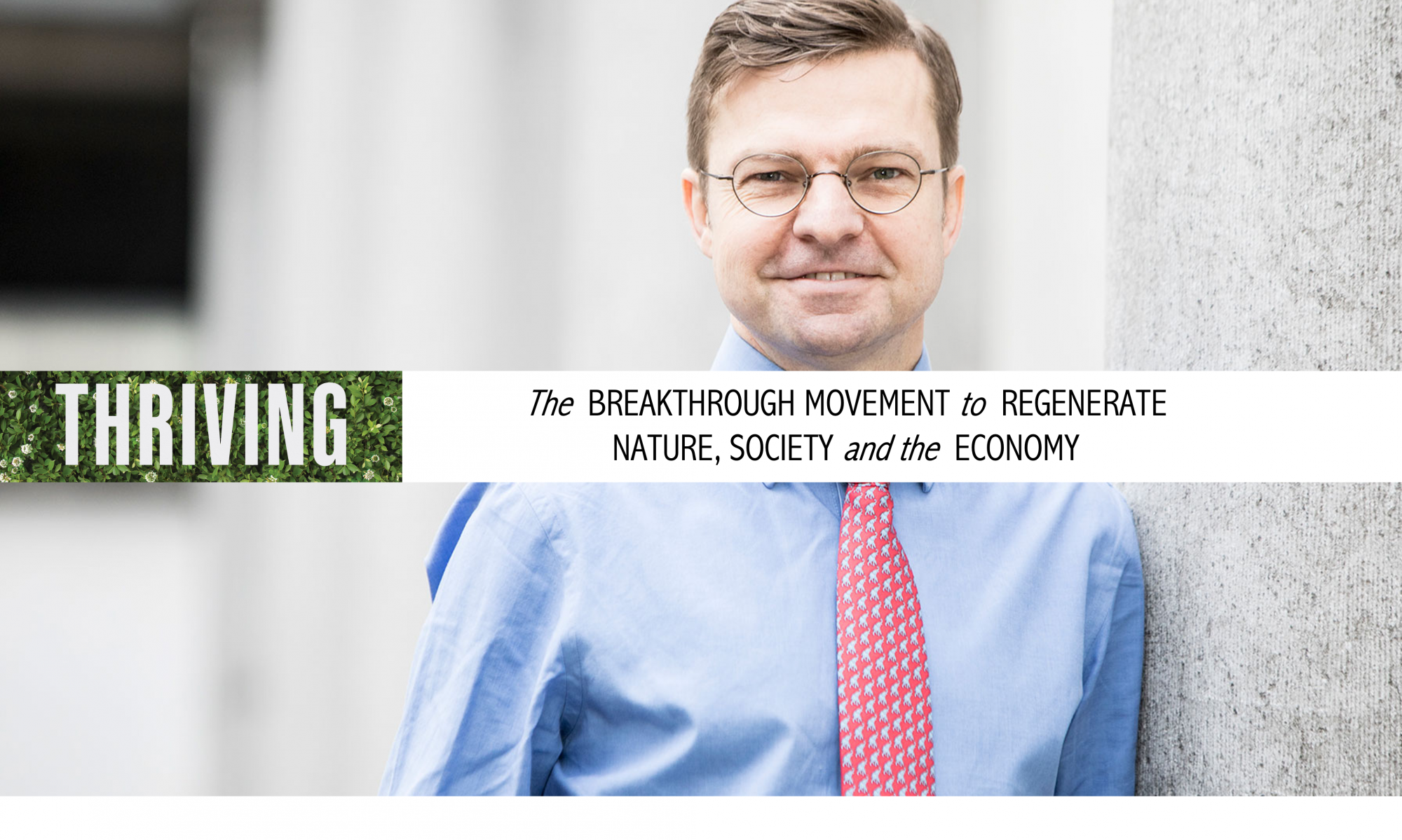Changing the World, One Leader at a Time
Blog by Wayne Visser
Part 12 of 13 in the Age of Responsibility Blog Series for CSRwire.
We face a crisis of leadership. Our global challenges loom large and clear, but we seem to lack leaders who can make change happen at a scale and speed that match the size and urgency of the problems we face. In an attempt to understand this leadership impasse, I’ve done some research with the University of Cambridge’s Programme for Sustainability Leadership on how change happens. In this blog, I’ll briefly outline some of our conclusions.
Let’s start with what kind of change we’re talking about. Jim Collins, author of Good to Great, observes that companies that went from being ‘good to great’ did not rely on revolutions, dramatic change programmes or wrenching restructurings. ‘Rather, the process resembled relentlessly pushing a giant flywheel in one direction, turn upon turn, building momentum until a point of breakthrough, and beyond.’
So we’re talking about catalysing and scaling up change. And for this change to be successful, leaders need to foster and entrench new values, culture, incentives, rules and resources. In Accenture and the UN Global Compact’s 2010 survey, 54% of CEOs felt that a cultural tipping point on sustainability is only a decade away—and 80% believe it will occur within 15 years, so perhaps we are nearing a moment of infectious change. Meanwhile, at the organisational level, leaders must catalyse change for sustainability through a suite of actions, including innovation, empowerment, accountability, closed-loop practices and collaboration.
We found that effective sustainability leaders are good at promoting creativity in business models, technology, products and services that address social and environmental challenges. Sustainability leaders also implement structures and processes for good governance, transparency and stakeholder engagement.
Accountability does not have to be all about structures and controls however. Collins believes great leaders foster a culture of discipline, saying ‘When you have disciplined people, you don’t need hierarchy. When you have disciplined thought, you don’t need bureaucracy. When you have disciplined action, you don’t need excessive controls’. According to Jeffrey Immelt, CEO of G.E., ‘Enron and 9/11 marked the end of an era of individual freedom and the beginning of personal responsibility. You lead today by building teams and placing others first. It’s not about you.’
The best sustainability leaders adopt principles of cradle-to-cradle production, internalising externalities and extending these principles to the supply chain. Sustainability leaders also build formal cross-sector partnerships, as well as innovative and inclusive collaborative processes such as social networking (Web 2.0). Betty Sue Flowers, co-author of Presence, poses the challenge as a question, saying, ‘We know a lot about heroic action because that’s in the past of leadership. But how do you have leadership in groups across boundaries, multi-nationally?’
At the people level, leaders catalyse change for sustainability by providing a compelling vision, encouraging long term thinking, making strategic investments and promoting intergenerational equity. Immelt says ‘every leader needs to clearly explain the top three things the organization is working on. If you can’t, then you’re not leading well.’ Ray Anderson, the late CEO of Interface, saw this as a process of inclusion, saying …
Continue reading
[button size=”small” color=”blue” style=”download” new_window=”false” link=”http://www.waynevisser.com/wp-content/uploads/2012/06/blog_change_leader_wvisser.pdf”]Pdf[/button] Changing the World, One Leader at a Time (blog)
Related websites
[button size=”small” color=”blue” style=”tick” new_window=”false” link=”http://www.csrinternational.org”]Link[/button] CSR International (website)
[button size=”small” color=”blue” style=”tick” new_window=”false” link=”http://www.waynevisser.com/books/the-age-of-responsibility”]Link[/button] The Age of Responsibility (book)
Cite this blog
Visser, W. (2012) Changing the World, One Leader at a Time, Wayne Visser Blog Briefing, 12 January 2012.



